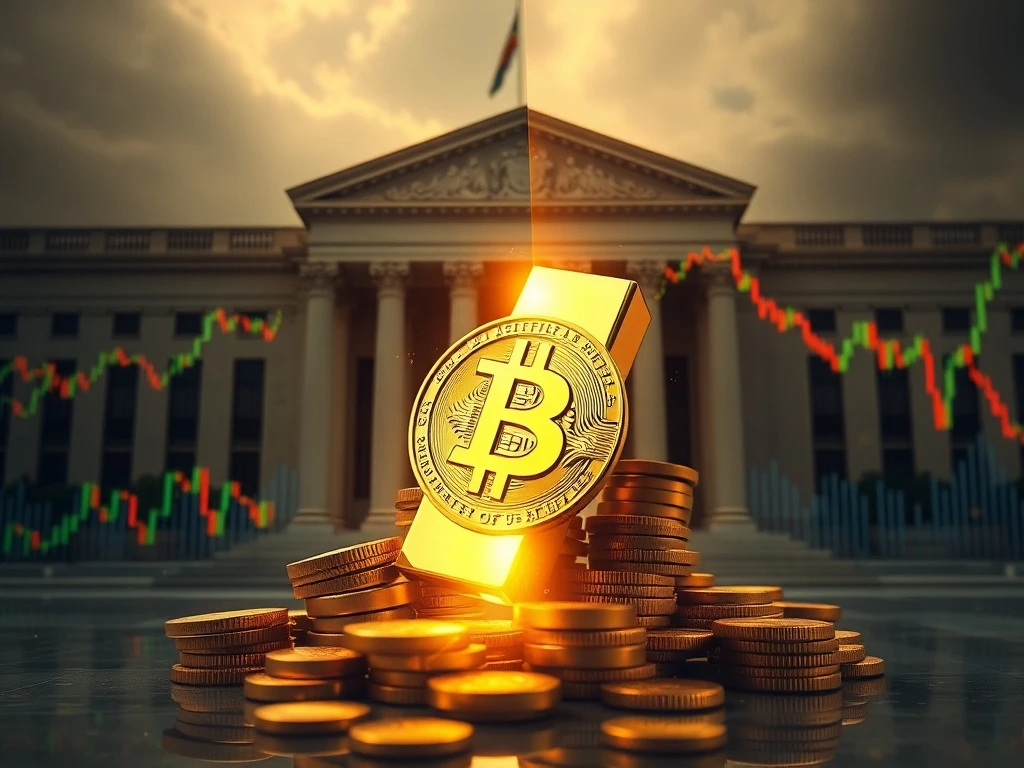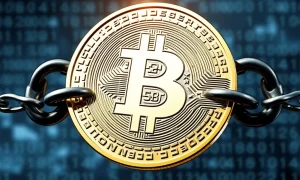Federal Reserve Chair Jerome Powell, former President Donald Trump, and investment strategist Keith Bessent possess crucial insights about gold and bitcoin that remain undisclosed to the public. Meanwhile, these assets continue gaining unprecedented traction among institutional investors seeking protection against monetary policy shifts.
The $863 Billion Gold and Bitcoin Movement
Central banks and institutional investors have quietly accumulated over $863 billion in gold and bitcoin reserves. Consequently, this massive movement signals declining confidence in traditional financial systems. Furthermore, monetary policies from the Federal Reserve directly influence this trend.
Why Powell’s Policies Boost Gold and Bitcoin
Federal Reserve policies consistently drive investors toward alternative assets. Interest rate decisions and quantitative easing measures significantly impact currency values. Therefore, gold and bitcoin often appreciate during monetary uncertainty.
- Inflation hedging – Both assets historically protect against currency devaluation
- Monetary policy response – Central bank actions directly affect asset valuations
- Portfolio diversification – Institutions increasingly allocate to non-correlated assets
Trump’s Influence on Gold and Bitcoin Markets
Political figures significantly impact investment trends through policy statements. Presidential administrations affect regulatory approaches toward alternative assets. Moreover, geopolitical tensions often accelerate gold and bitcoin adoption.
Institutional Adoption of Gold and Bitcoin
Major financial institutions now incorporate both assets into investment strategies. Hedge funds and family offices allocate substantial portions to gold and bitcoin. This institutional validation continues driving mainstream acceptance.
Future Outlook for Gold and Bitcoin
Monetary policy evolution will likely further boost both assets. Central bank digital currencies may increase bitcoin adoption. Meanwhile, gold maintains its historical safe-haven status.
FAQs
Why are gold and bitcoin considered alternative investments?
Gold and bitcoin serve as non-traditional assets that typically move independently of stocks and bonds, providing portfolio diversification benefits.
How does Federal Reserve policy affect gold and bitcoin prices?
Expansionary monetary policies often weaken the dollar, making gold and bitcoin more attractive as stores of value.
What role do political figures play in gold and bitcoin markets?
Political statements and policies can significantly influence investor sentiment and regulatory environments for both assets.
Are gold and bitcoin correlated assets?
While both serve as alternative stores of value, they often respond differently to various market conditions and catalysts.
How are institutions currently using gold and bitcoin?
Institutions primarily use both assets for portfolio diversification, inflation hedging, and exposure to non-traditional investment vehicles.
What risks should investors consider with gold and bitcoin?
Investors should consider volatility, regulatory uncertainty, and market liquidity when allocating to either asset class.
























